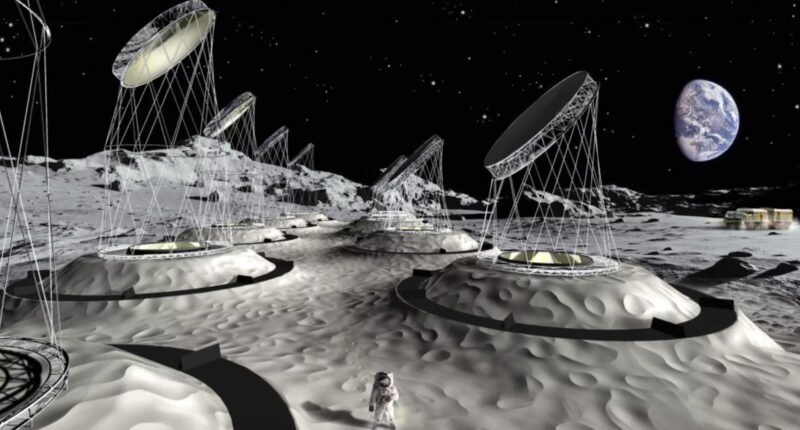RESEARCHERS have unveiled a design for an inflatable settlement on the Moon.
It’s been a long time since people have stepped foot on the Moon, but we may soon see inflatable homes up there.
At least, that’s what one European Space Agency-backed study is proposing.
The idea came from the Austrian-based Inflatable structures company Pneumocell.
Pneumocell proposed the habitat, dubbed PneumoPlanet, could contain up to 16 greenhouses and house up to 32 astronauts.
The habitat structure would consist of room modules that can be connected to extend the habitat, per an executive summary.
Greenhouses are the main inflatable modules and are connected to each other by a tunnel system.
The company submitted the designs for consideration to the ESA’s Open Space Innovation Platform, OSIP.
“PneumoPlanet is an ultra-light inflatable structure covered by regolith that will operate self-sufficiently by producing and recycling its own oxygen and food using solar power,” Philipp Gläser, a co-author of the study, told Space.com in an email.
“It can therefore serve as a permanent lunar outpost enabling various future missions to use it as a base,” Gläser added.
Most read in Tech
How does it work?
Pneumocell performed an analysis of an inflatable lunar habitat, based on prefabricated ultralight structures.
Once inflated, the habitats would be buried under 4 or 5 meters of lunar soil for radiation and micrometeorite protection.
Each habitat would feature a truss on top of it that holds a mirror membrane designed to rotate to follow the Sun.
Any sunlight reflected from the mirror would be “directed down through an artificial crater, from which another cone-shaped mirror reflects it into the surrounding greenhouse.”
These greenhouses would help keep the habitats self-sufficient by producing and recycling oxygen and food.
“The habitat protects against cosmic radiation and micrometeorites, keeping the crew safe and allowing for longer mission durations,” Gläser said.










